8 Weeds that Look Like Grass and How to Identify Them
Identifying weeds that look almost like grass is important. In this article, we will go through 8 weeds, each with unique looks and ecological impacts, and how to identify them. If you understand and identify these grassy weeds correctly, you will maintain a healthy, beautiful garden.


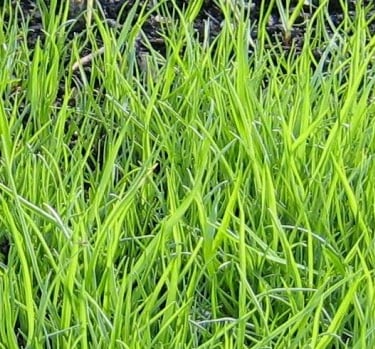



How Can You Identify Weeds that Look Like Grass?
Key indicators for identifying grassy weeds include unusual growth patterns, such as patches that grow faster or have a different texture. Inspecting blade shape is crucial; weeds often have wider, serrated, or rolled blades, unlike grass's smooth, uniform ones. You can also, check for atypical seed heads or flowers, which common lawn grass rarely produces if mowed regularly.




Root structure can be revealing too: After our exerts have identified countless weeds they found that the weeds might display complex systems unlike grass's simpler roots. Always keep an eye out for these subtle yet telling differences to maintain your lawn weed-free, or by using natural and sustainable weed killing methods to clean them.
Goosegrass

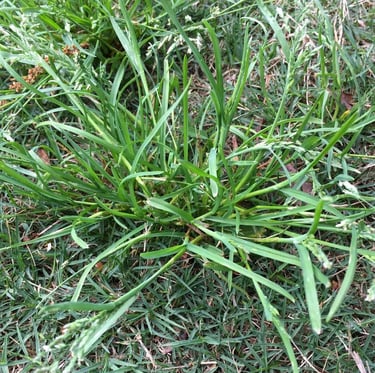




Goosegrass, also known as coarse grass, can grow up to 30-60 cm (1-2 ft) tall. It thrives in compacted soils and hot, dry conditions. We recognize it easily by its flat, whitish stems and radiating growth pattern. It's often found in high-traffic areas of lawns. While troublesome for gardeners, it's used in some cultures for medicinal purposes.
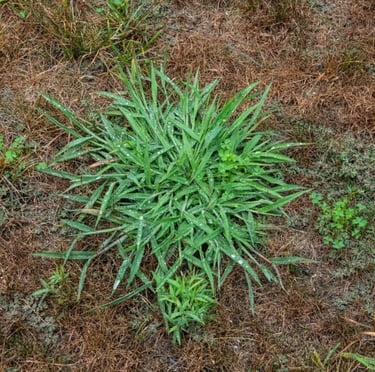

Crabgrass
Crabgrass, a notorious lawn weed, that can be confused with Quackgrass or Annual Bluegrass, resembles fine grass blades and can reach heights of 15-30 cm (6-12 in). It flourishes in warm climates and open, disturbed areas. Crabgrass is known for its resilience and rapid growth, often outcompeting lawn grasses. Its light green color and finger-like seed heads are key identifying features.




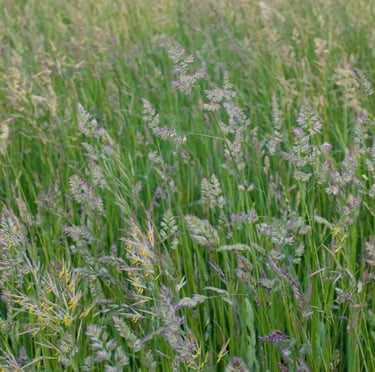

Bentgrass
Bentgrass, a fine-textured weed, typically grows 15-40 cm (6-16 in) tall. It's common in cool, moist environments and often invades lawns and golf courses. Bentgrass is known for its dense, mat-like growth and fine, soft blades. Its creeping growth habit and fine texture distinguish it from other grasses.



Tall Fescue






Tall Fescue, often mistaken for desirable lawn grass, grows 0,6-1,2 m (2-4 ft) tall. It prefers well-drained soils and tolerates drought. This grassy weed is known for its clumping growth and broad, coarse blades. Tall Fescue is valued for erosion control and as a pasture grass, but it can be invasive in lawns and it may not be easy to get rid of them. Its deep roots and clumping habit make it a resilient weed when it comes to clearing a garden full of weeds.

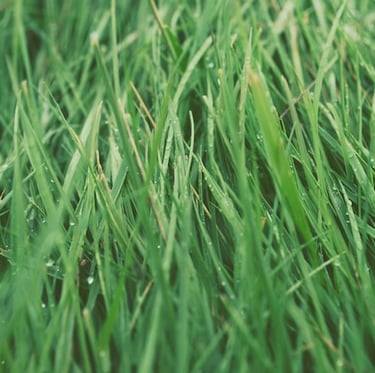
Quackgrass, a perennial weed, often disguises itself in lawns with its grass-like appearance. It grows up to 90-120 cm (3-4 ft) tall, featuring a creeping rhizome system. This weed thrives in various soil types, making it a common garden intruder. Its benefits include soil stabilization and providing habitat for wildlife. Quackgrass is identified by its broad, flat blades and distinctive clasping auricles.


Quackgrass


Annual Bluegrass, a common lawn weed, reaches heights of 15-30 cm (6-12 in). Like the Bentgrass, it prefers cool, moist conditions and is known for its rapid lifecycle. This weed is easily identified by its boat-shaped leaf tips and compact, tufted growth. While often unwanted in lawns, it can provide a temporary green cover in winter. Its adaptability and prolific seeding make it a widespread weed.
Annual Bluegrass
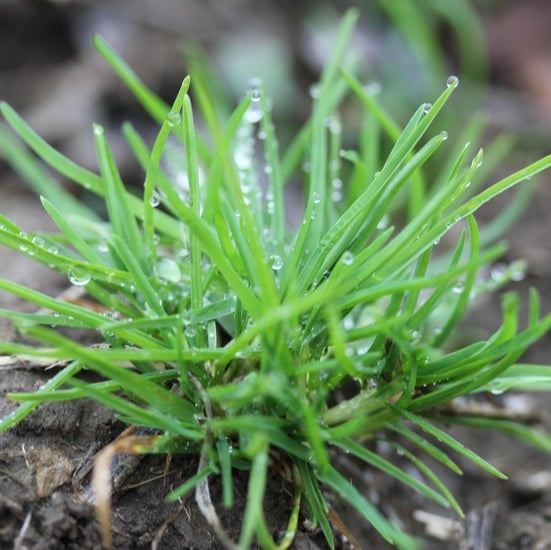

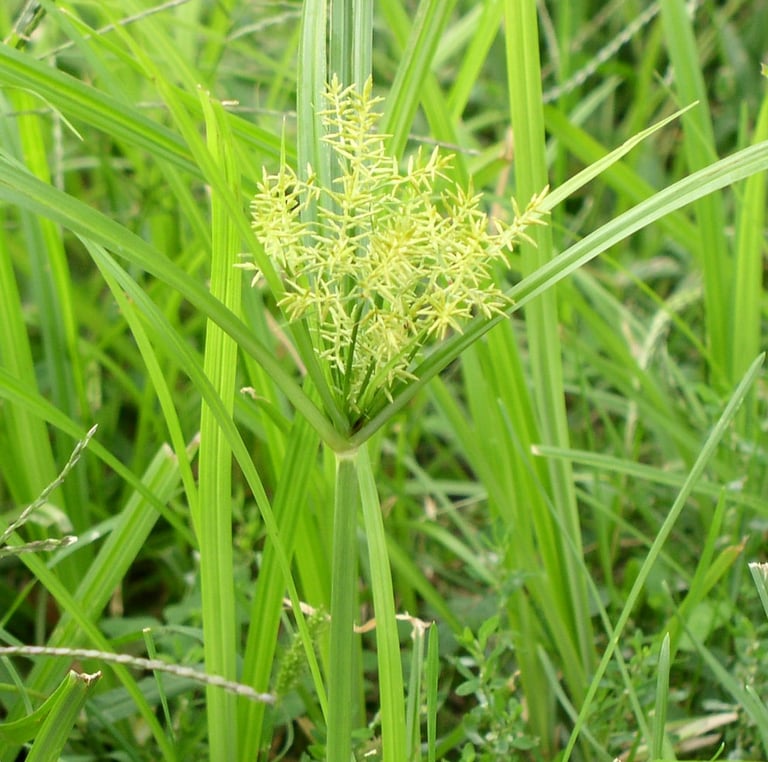

Nutsedge
The rapidly growing Nutsedge grass grows up to 30-90 cm (1-3 ft) tall. This weed with small yellow flowers prefers moist, fertile soils and warm climates like the Crabgrass. Nutsedge stands out with its triangular stems and glossy, grass-like leaves. It's challenging to control due to its tuberous root system. Despite being a weed, nutsedge has uses in traditional medicine and can improve soil health.


Dallisgrass
Dallisgrass can grow up to 70-150 cm (2-5 ft) tall. It thrives in moist, fertile soils and is common in pastures and lawns. Dallisgrass is characterized by its wide, coarse leaves and tall seed heads. Its clumping growth habit and seed head structure help in identifying this weed that hasn't many negative impacts.






Sources
Nature and Sustainability uses only high-quality sources, including peer-reviewed studies, and other fact-dense and highly trusted sources to support the facts that we use in our articles. Please read our editorial policy to learn more about how we keep our content accurate, reliable, and trustworthy.
Weed Root Systems: Root | Definition, Types, Examples, Morphology, & Functions | Britannica
Identifying weeds that look like grass: How to Identify and Control Grassy Weeds (lawnlove.com)
Goosegrass: Goosegrass | NC State Extension (ncsu.edu)
Quackgrass: Quackgrass | Purdue University Turfgrass Science at Purdue University
Share this article:




Article By:
Calin is in the garden industry for 5 years now and knows a lot about gardening and plants. He is the owner of this website and responsible for most of the content.



